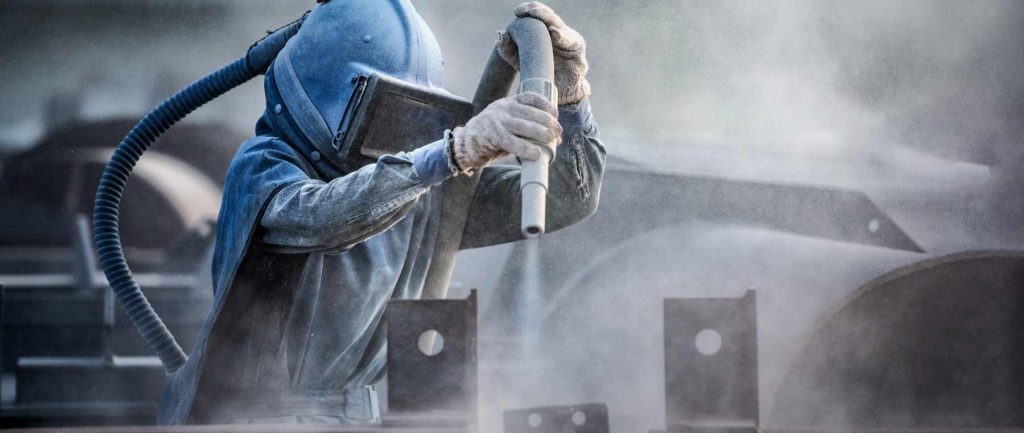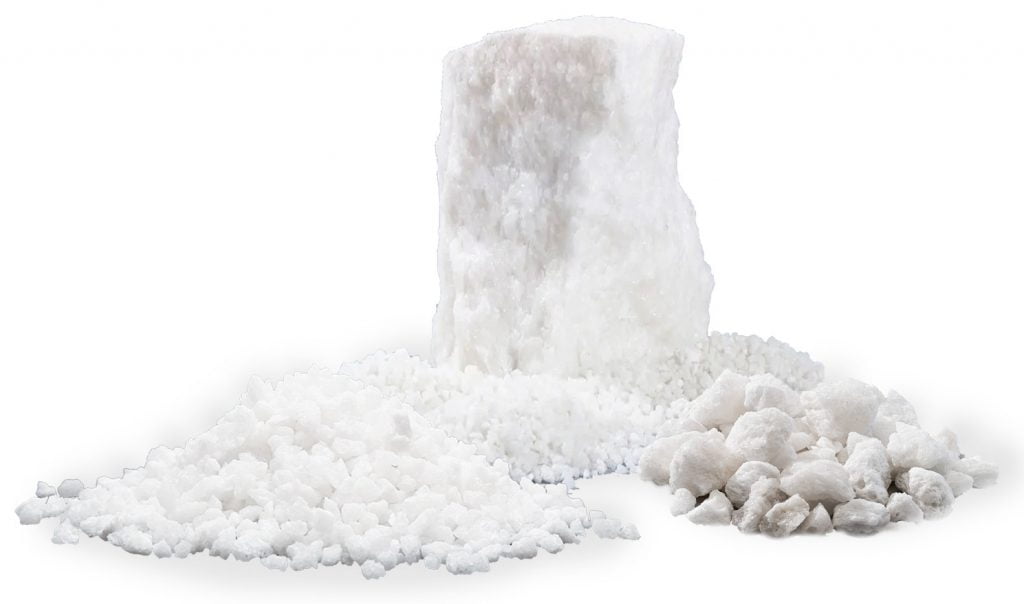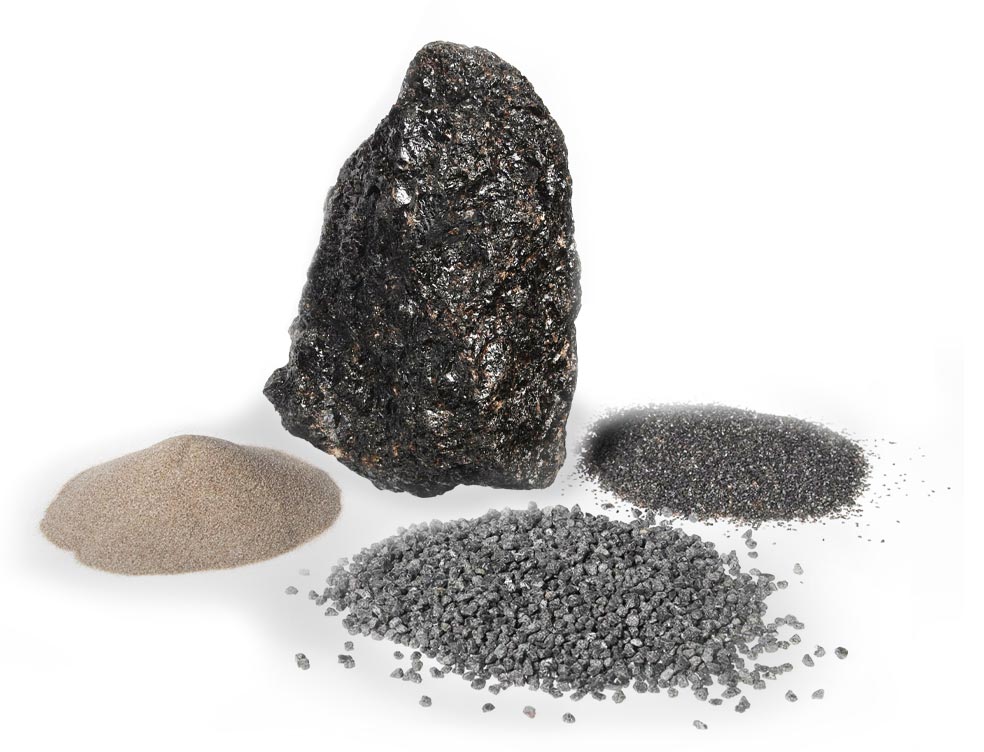Blasting Media
Sandblasting is one of the types of abrasive machining methods that are often used to clean and prepare surfaces. Sandblasting can be used to clean the surface of most materials such as stone, metal, wood, concrete, glass and even fabric.
“Abrasive Cleaning” or “Abrasive Blasting” is one of the methods used to clean and prepare the surface of various materials such as steel, concrete, wood, etc. In this method, abrasive materials (metallic or non-metallic) hit the surface at a very high speed (caused by air pressure or centrifugal force). In this way, impurities and additional materials on the top layer of the surface are removed. Finally, a surface with the desired payment is obtained.

Abrasive characteristics effect on sandblasting performance
Among the important features of abrasives, the following can be mentioned:
Dimensions: The larger the size of the abrasive, the rougher the surface will be.
Density: Lower density results in a smoother surface.
Recoverability: The ability to collect and reuse the abrasive reduces the cost of the sandblasting process.
Hardness: Higher hardness improves the lifetime and reusability of the abrasive. If the density and hardness are high, the depth of penetration also increases.
Shape: Spherical particles create a smooth/transparent surface and sharp particles create a rough/dull surface.

Sandblasting has many different applications in different industries. Among the most common uses of sandblasting are layering, cleaning, smoothing and polishing the surface, making decorative surfaces, preparing for coating, removing mold, engraving and removing oil from the surface of the streets.
ALTUS is proud to provide high-quality abrasive grains ideal as polishing and blasting materials.
ALTUS


